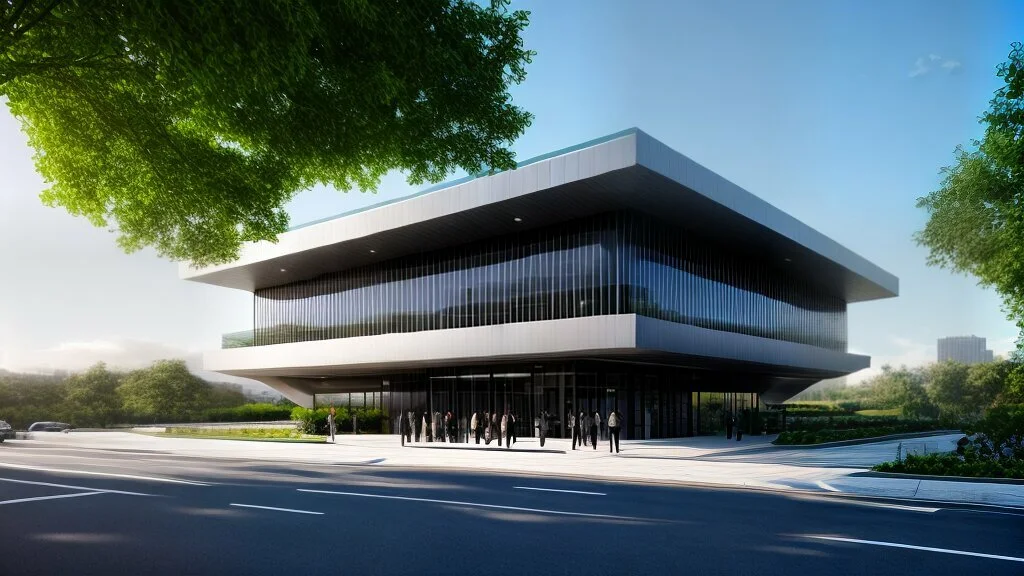Smart constructive tiles are poised to revolutionize the construction industry by offering a new paradigm in building materials. These innovative tiles combine advanced technologies, sustainability, and functionality to create intelligent and eco-friendly building solutions. In this article, we will explore the potential of smart constructive tiles and how they are shaping the future of construction.
Sustainable and Eco-Friendly
One of the key advantages of smart constructive tiles is their sustainable nature. These tiles are designed to be environmentally friendly, using materials that are recyclable and minimizing waste during production. Additionally, they often incorporate energy harvesting technologies, such as solar panels, to generate renewable energy and reduce reliance on external power sources. By promoting sustainability, smart constructive tiles contribute to the global effort to reduce carbon emissions and create more energy-efficient buildings.
Energy Efficiency and Cost Savings
Smart constructive tiles are engineered to optimize energy usage within buildings. With integrated sensors and IoT connectivity, these tiles can monitor environmental parameters, occupancy patterns, and user behavior to make intelligent decisions regarding lighting, heating, and cooling systems. By dynamically adjusting energy consumption based on real-time data, smart constructive tiles help reduce energy waste and lower utility costs. This energy efficiency not only benefits the environment but also provides significant cost savings for building owners and occupants.
Enhanced Comfort and User Experience
Smart constructive tiles are designed to enhance occupant comfort and overall user experience. With built-in sensors, these tiles can detect factors such as temperature, humidity, and occupancy, allowing for precise control of environmental conditions. Occupants can enjoy personalized comfort settings and improved air quality, leading to a more pleasant and productive indoor environment. Additionally, smart constructive tiles can integrate with smart home technologies, enabling seamless control of lighting, security systems, and other amenities, further enhancing user experience.
Versatility and Adaptability
Another advantage of smart constructive tiles is their versatility and adaptability. These tiles can be easily installed and replaced, making them ideal for both new construction projects and renovations. They can be used in various applications, including residential, commercial, and industrial buildings. Smart constructive tiles also offer flexibility in terms of design and aesthetics, allowing architects and designers to create visually appealing spaces that align with their vision. With continuous advancements in technology, these tiles will become even more adaptable, providing endless possibilities for customization and integration with other smart building systems.
Improved Safety and Maintenance
Smart constructive tiles contribute to building safety and maintenance by providing real-time monitoring and data-driven insights. For example, these tiles can detect and alert occupants about potential fire hazards, gas leaks, or other safety concerns. By continuously monitoring structural integrity and environmental conditions, smart constructive tiles can help prevent accidents and enable proactive maintenance. Additionally, these tiles can provide valuable data for predictive maintenance, allowing building managers to detect issues before they escalate, ultimately reducing downtime and minimizing repair costs.
Conclusion
Smart constructive tiles represent the future of building materials, combining sustainability, energy efficiency, enhanced user experience, versatility, and safety. As the construction industry continues to embrace smart technologies, these tiles will play a crucial role in creating intelligent and sustainable buildings. With ongoing advancements in technology and increased adoption, we can expect smart constructive tiles to become a standard feature in the buildings of the future, transforming the way we live, work, and interact with our built environment.


